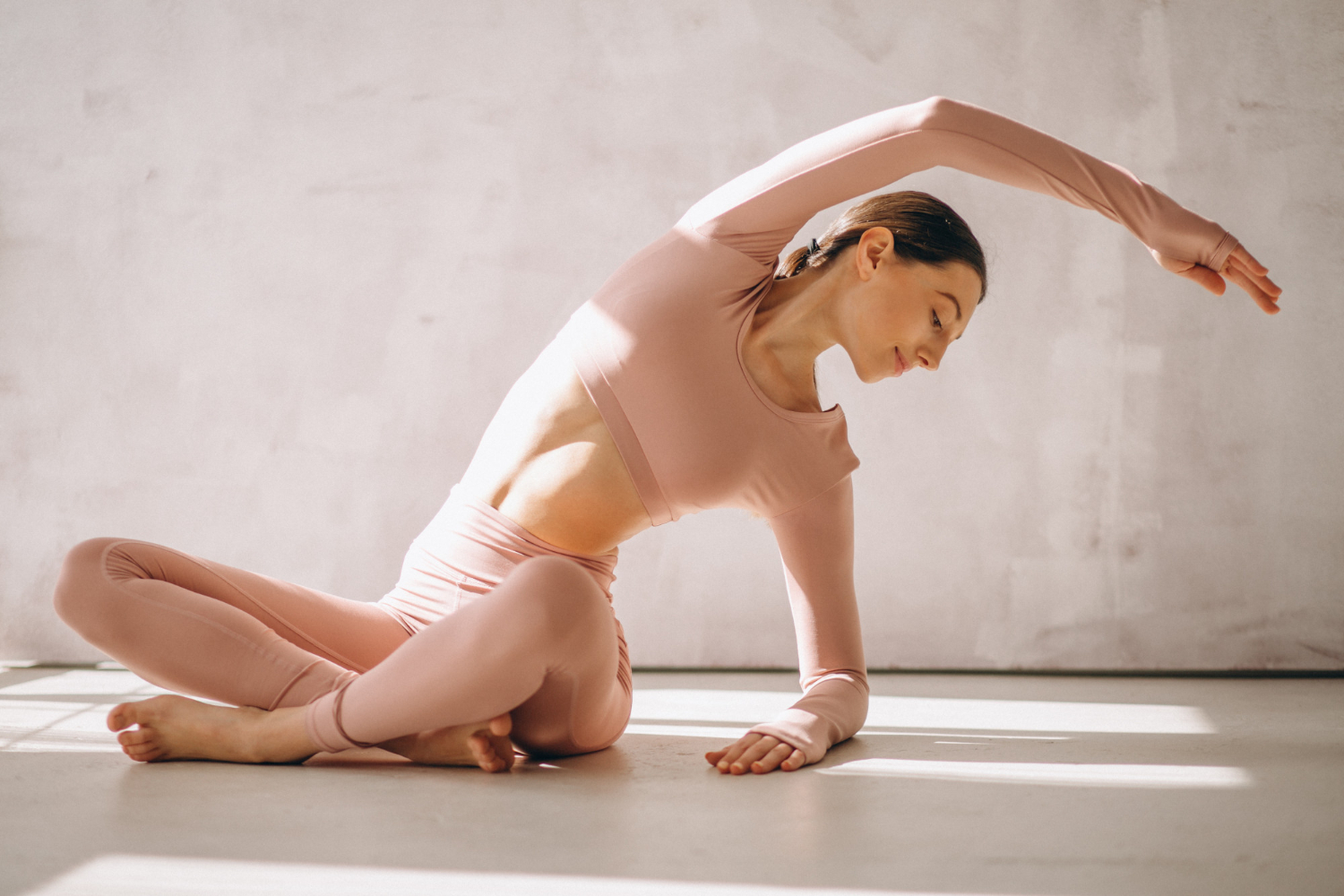Movement is the secret ingredient that turns a static image into something magnetic. When I started learning the language of modeling, I quickly discovered that the best photos often come from the illusion of motion. A strong pose is one thing, but movement adds emotion, energy, and life. Whether you’re working in fashion editorials, beauty campaigns, or creative concepts, knowing how to create movement in your poses can elevate your modeling presence and help you stand out in front of the lens.
Why Movement Matters in Modeling
Photoshoots are about storytelling, and movement tells a story far more powerfully than stillness alone. Movement suggests a journey, a reaction, or a feeling in transition. It invites the viewer into the frame, making the image feel less posed and more organic. Whether it’s a slight turn of the head, a windblown strand of hair, or the flow of a dress, these small actions generate tension and visual interest.
As a model, you’re not just a figure in front of the camera. You’re a performer. And part of that performance involves physical dynamics that help bring the photographer’s vision to life. It’s not about dancing or acting, it’s about intentional motion that fits the theme of the shoot.
Starting With the Basics: Controlled Energy
One thing I’ve learned is that movement must be controlled. Wild flailing or random gestures rarely translate well on camera. Every motion should be deliberate and connected to the narrative of the shoot. Whether you’re flipping your hair or walking mid-frame, the trick is to guide the energy instead of letting it take over.
Controlled energy means your body is active, even when standing still. Your muscles should be engaged. Your limbs should have direction. Your face should carry expression. Think of it like silent choreography, each small motion has purpose.
Use Clothing and Fabric to Your Advantage
One of the easiest ways to create movement in your poses is by involving the garments you wear. Flowing skirts, silk blouses, trench coats, and sheer layers all react beautifully to motion.
If I’m in a long gown, I’ll walk with a graceful pace and let the hem catch air. I might spin or pivot gently to create natural folds and drapes. If I’m working with outerwear, I’ll toss a coat over my shoulder or give it a tug mid-pose. These tricks not only suggest motion, but they also highlight the fabric’s qualities, which is often exactly what a designer wants in the final shot.
Always consider how your clothes respond to movement, study how the fabric falls, how it wrinkles, or how it flies. Use those behaviors to shape your poses.
Hair Is Part of the Story
Hair is an underrated tool when it comes to creating movement in your poses. Whether your hair is long, short, curly, or straight, it can be animated in ways that make a shot more alive.
If I’m working with wind, natural or from a fan, I tilt my chin slightly or turn my body to let the breeze hit at flattering angles. If I’m doing beauty or portrait work, a slow flip of the hair or a head turn can add volume and elegance. Sometimes I run my fingers through my hair or let a few strands fall over my eyes for a more candid feel.
The key is not to force it. Let hair movement feel spontaneous but graceful. Your goal is to suggest activity without appearing chaotic.
Motion Through Walking or Shifting
Walking is a staple in movement-based posing. But on camera, it’s not your average stroll. It’s about stepping with intention.
When I pose mid-walk, I extend my stride just slightly beyond normal. I keep my toes pointed, and my arms naturally swing in harmony. I repeat the motion slowly, sometimes pausing with one foot mid-air to catch that “in-motion” look. Walking toward the camera, away from it, or across the frame are all options that bring dynamism to the composition.
Shifting your weight from one hip to another or leaning forward/backward can also create fluid transitions between poses. These shifts are great because they keep the energy moving without needing a full walk. Just rotating your shoulder or changing the direction of your gaze can keep a pose from looking too static.
Arms and Hands: Let Them Flow
When movement starts, arms and hands often feel like the hardest parts to control. But they can also be the most expressive. I think of my arms as extension tools for emotion, whether I’m stretching toward light, hugging fabric around me, or brushing fingers against my face.
Let your arms move softly. Elbows should never be locked or stuck in one place too long. If I’m holding a bag, scarf, or any prop, I use that object to guide my hands’ motion. The key is to keep wrists relaxed and fingers gently curved.
Even slight changes, like letting one arm dangle while the other moves, can create asymmetry that feels more natural and cinematic.
Create Shapes With Your Body
Movement doesn’t always mean motion blur or action. Sometimes it’s about fluid shape-shifting. I use my body like a sculptor might use clay. Arches, bends, and curves communicate mood.
For a bold, fashion-forward image, I might exaggerate my posture, elongating my neck, arching my back, or twisting my waist for tension. For something softer, I opt for rounded poses, soft knees, bent elbows, tilted head.
This technique is especially useful in beauty and editorial work where movement is subtler but still essential. Think about transitioning from angular to curved shapes within seconds. The progression of those shapes gives the illusion of graceful motion.
Movement in Group Poses
When modeling with others, movement becomes a delicate balance. You need to synchronize just enough to complement one another, but also keep your own presence sharp.
I often angle myself differently from the others, allowing my body to contrast theirs. I might lean back while another model leans forward or use my limbs to frame another model subtly. If I’m in the center, I create motion that draws the eye, like raising one arm, twisting slightly, or tilting my head against the flow.
Group poses shine when they feel alive, so a well-timed head turn, glance, or hand gesture can make the entire composition feel spontaneous rather than staged.
Incorporating Props for Kinetic Impact
Props offer incredible opportunities to infuse movement into your poses. Whether it’s a hat, scarf, umbrella, bag, or even a chair, each object adds dimension and potential action.
For instance, I love playing with scarves during outdoor shoots. I hold one edge and walk slowly, letting the wind catch the fabric. With hats, I might lift it slightly or hold it at the brim mid-pose. These actions introduce motion and also tell a visual story.
If the shoot involves chairs or furniture, I’ll sit and twist, arching away from the backrest or letting my feet hover above the ground. Props shouldn’t limit movement, they should enhance it.
Timing and Working With the Photographer
Movement only works when it aligns with timing. It’s vital to work with the photographer’s rhythm and pacing. Before a shoot, I usually ask if they prefer burst mode, single shots, or guided direction. This helps me tailor my movement to their frame rate.
Some photographers love capturing spontaneous motion, so I’ll run through a fluid series of poses without pausing. Others prefer slow, deliberate transitions between static shots. Knowing this helps me deliver the right energy without missing the mark.
Also, listen for cues. A simple “freeze” or “hold that” from the photographer usually means they’ve spotted the perfect motion moment.
Experimenting in the Mirror or on Video
Practice makes motion second nature. I often rehearse in front of a mirror or record myself moving through a sequence of poses. This helps me study my angles, how my clothes move, and how I can refine gestures.
By watching playback, I learn where I stiffen or lose grace, and how to fix it. It also builds confidence. If I know how a motion looks beforehand, I can replicate it naturally during shoots without second-guessing.
Movement and Mood Go Hand in Hand
Every photoshoot has a mood, and the type of movement you create should reflect that tone. For a moody editorial, I lean into slower, heavier gestures, dragging a hand across my collarbone or curling my spine. For a joyful campaign, I opt for energetic, bouncy strides or lifted arms.
Your motion should never feel out of context. It should echo the emotion the brand or creative director wants to convey. That’s when movement becomes more than motion, it becomes storytelling.
Final Thoughts
Mastering how to create movement in your poses is an art that sets professional models apart. It transforms you from a figure in front of the lens to a living, breathing force within the frame. With deliberate practice, thoughtful control, and an understanding of the shoot’s mood, you can create the kind of dynamic images that leave a lasting impression.
If you’re ready to elevate your modeling game, movement is where the magic lives. Start experimenting, stay fluid, and let the energy of your body tell the story, frame by frame.

